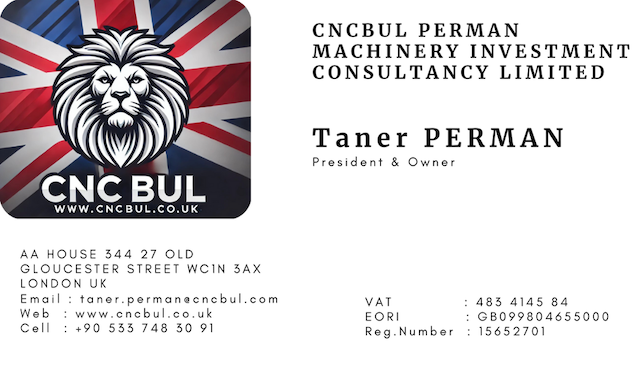03/10/2024
What is INERTIA FRICTION WELDER Machine?
An inertia friction welder is a type of friction welding machine that uses the stored rotational energy in a flywheel to create a weld. This method is part of the broader category of friction welding processes, where heat is generated by the mechanical friction between the surfaces of two workpieces to be joined, but what sets inertia friction welding apart is the use of kinetic energy from a spinning flywheel.
How an Inertia Friction Welder Works:
- Flywheel and Rotational Energy:
- The machine contains a flywheel, which is a rotating mechanical device that stores kinetic energy. The flywheel is brought up to a high rotational speed, storing the required energy for the welding process.
- Contact and Friction:
- One of the workpieces is connected to the rotating flywheel, while the other remains stationary. Once the flywheel reaches the desired speed, the two workpieces are brought together under pressure. The friction created at the interface generates heat, which softens the materials, allowing them to be welded together.
- Energy Transfer:
- The kinetic energy stored in the flywheel is gradually transferred to the workpieces as friction continues to build. As the flywheel slows down due to energy transfer and resistance, the materials reach a plastic state, where they can be joined without melting.
- Bond Formation:
- Once sufficient heat is generated, the rotational motion stops, and the workpieces are pressed together under a continuous force, allowing them to cool and form a strong, solid-state bond. The result is a high-quality, durable weld.
Key Characteristics:
- Flywheel-driven Energy: The stored energy in the flywheel is used to generate the frictional heat required for welding, eliminating the need for external heat sources or filler materials.
- Solid-state Welding: Like other friction welding methods, inertia friction welding does not melt the materials; instead, it heats them to a plastic state, reducing the risk of defects like porosity or cracking.
- Fast Welding Cycle: Inertia friction welding can produce high-quality welds in a very short amount of time, making it efficient for industrial applications.
Applications:
- Automotive Industry: Commonly used to weld components like drive shafts, engine valves, and gear components.
- Aerospace Industry: Used for joining critical components such as turbine blades and aircraft parts.
- Power Generation: For welding rotors, shafts, and large machinery components.
Advantages of Inertia Friction Welding:
- Energy Efficiency: The energy required is stored in the flywheel, which makes the process highly efficient.
- Consistent Quality: The control over the process variables such as speed, pressure, and time ensures consistent weld quality.
- Dissimilar Materials: It is possible to join different materials that would be difficult to weld using traditional methods, such as aluminum to steel or titanium to nickel alloys.
Inertia friction welders are widely used in industries that require precise and strong welds, particularly in sectors where component performance and reliability are critical.


